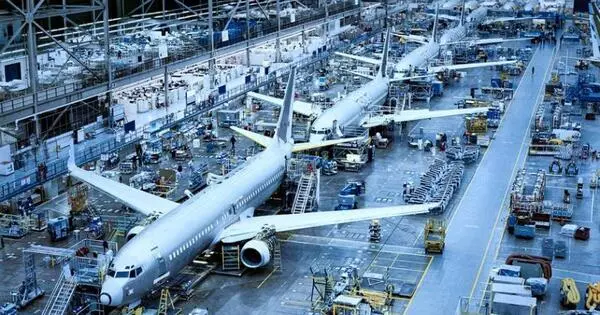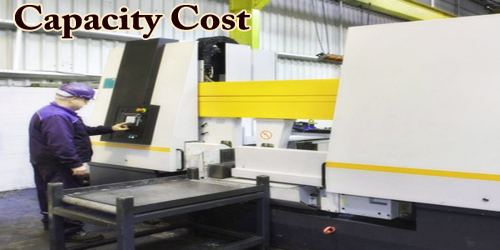Aerospace materials are materials, most often metal alloys, that were invented for or rose to prominence through their usage in aerospace. These materials are essential in the design, production, and performance of aircraft, spacecraft, and associated components. These materials were chosen for their capacity to survive extreme circumstances including as high and low temperatures, high-speed airflow, and space vacuum. They must be lightweight, sturdy, long-lasting, and corrosion-resistant.
These applications frequently necessitate excellent performance, strength, or heat resistance, even if it means incurring significant costs in production or machining. Others are picked for their long-term dependability in this safety-conscious industry, particularly their fatigue resistance.
Materials engineering is an important subfield in aerospace engineering. The worldwide standards agencies that maintain standards for the materials and procedures involved define its practice. Engineers in this field may have pursued degrees or post-graduate credentials in this field as a specialization.
Here are some of the key aerospace materials commonly used in the aerospace industry:
- Aluminum Alloys: Because of their lightweight qualities and superior corrosion resistance, aluminum and its alloys, such as 2024 and 7075, are commonly utilized in airplane construction. They are often utilized for the skin and structural components of aircraft.
- Titanium Alloys: Titanium is well-known for its excellent strength-to-weight ratio, corrosion resistance, and high temperature resistance. It’s frequently found in aircraft engines, landing gear, and structural components.
- Steel Alloys: Critical airplane components such as landing gear and structural elements are made of high-strength steel alloys. These alloys are extremely strong and long-lasting.
- Composite Materials: Carbon-fiber reinforced composites and fiberglass composites, for example, are increasingly being used in aerospace applications. They have exceptional strength-to-weight ratios and can be customized to meet individual needs.
- Superalloys: Superalloys, like Inconel and Hastelloy, are used in aircraft engines and other high-temperature applications. They can withstand extreme heat and stress, making them suitable for turbine blades and exhaust components.
- Ceramic Materials: Ceramics are used in certain aerospace applications, particularly for thermal protection and high-temperature environments. Silicon carbide and carbon/carbon composites are examples of ceramics used in aerospace.
- Composites: Fiber-reinforced composite materials are extensively used in aerospace for their lightweight and high-strength properties. These composites consist of a matrix material (typically epoxy or resin) reinforced with fibers (carbon, glass, or aramid).
Sandwich structures utilize foam cores, which are often built of materials such as honeycomb structures or foam-filled composites, to provide stiffness and minimize weight in airplane components. To insulate spacecraft from the extreme heat created during re-entry into Earth’s atmosphere, materials such as ablative heat shields, insulating tiles, and carbon phenolic composites are utilized.
The materials used are determined by the specific needs of each aircraft application. When selecting materials for aerospace projects, engineers must examine elements such as weight, strength, durability, thermal characteristics, and cost. Furthermore, ongoing materials science research and development activities continue to result in the development of new, creative materials that can improve aircraft technology and performance.
















